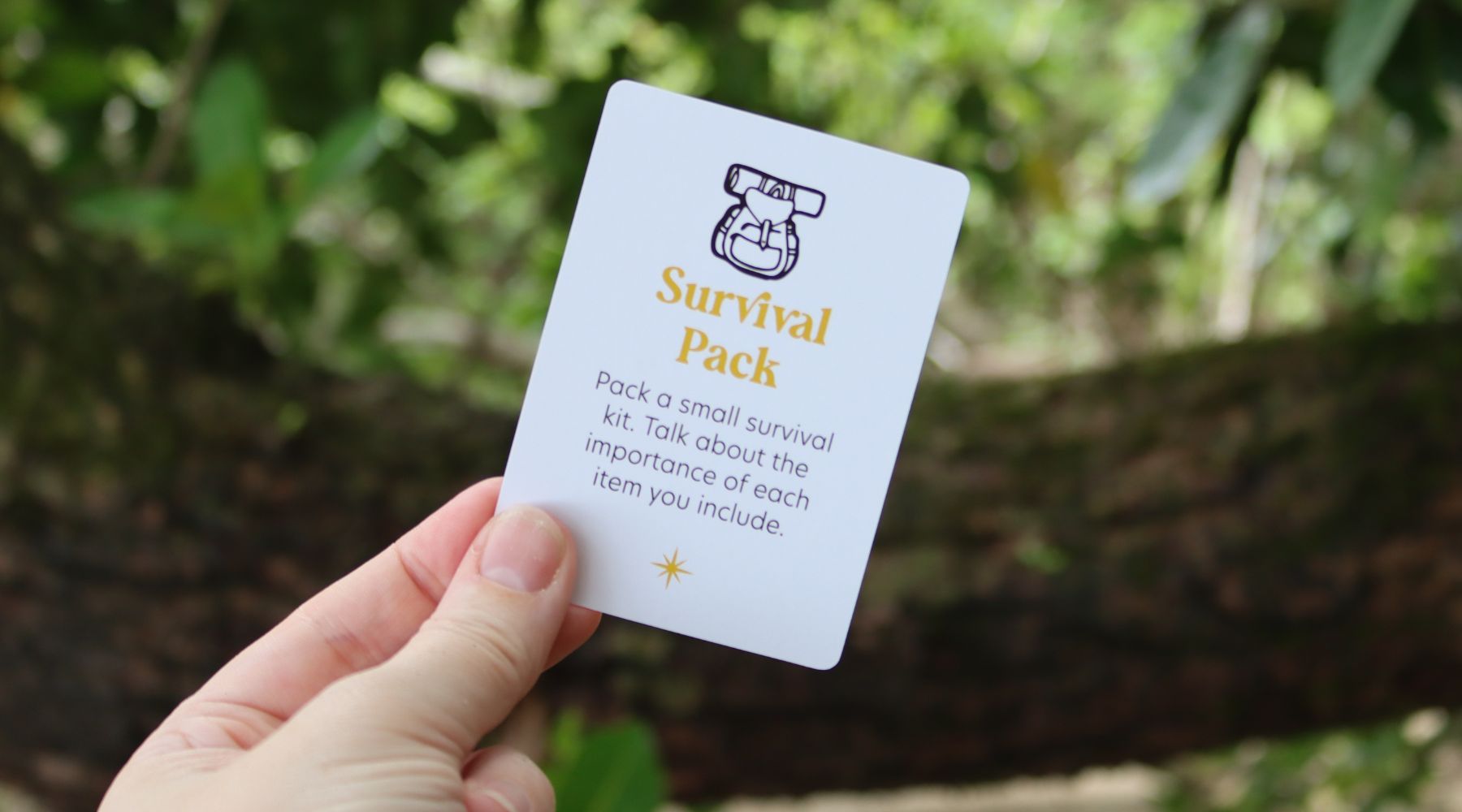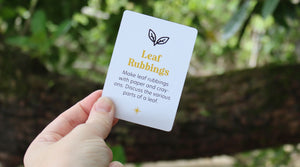When you’re out adventuring, it’s always good to be prepared for anything. Packing a small survival kit can help you stay safe and comfortable if you ever find yourself in an unexpected situation. In this blog, we’ll show you how to put together a basic survival pack and explain why each item is important.
Why Pack a Survival Kit?
A survival kit helps you be ready for emergencies. Whether you’re hiking, camping, or exploring the great outdoors, having the right tools can make all the difference. Your survival pack should be lightweight but filled with essential items that keep you safe and help you get back to safety if needed.
What to Include in Your Survival Pack
1. First Aid Kit
- Why it’s important: Accidents happen, and it’s important to be able to treat minor injuries like cuts, scrapes, or blisters. A basic first-aid kit should include band-aids, antiseptic wipes, tweezers, gauze, and medical tape.
- Pro Tip: Know how to use everything in your kit before heading out on an adventure!
2. Multi-tool or Pocket Knife
- Why it’s important: A multi-tool is like having a toolbox in your pocket. It can help you cut rope, open cans, or fix small gear issues. Some multi-tools include pliers, scissors, and screwdrivers, making them super versatile.
- Pro Tip: Always handle knives and tools carefully, and practice using them in safe conditions.
3. Fire Starter (Matches, Lighter, or Flint)
- Why it’s important: Fire provides warmth, light, and a way to cook food. It’s also useful for signalling if you’re lost. Pack waterproof matches, a lighter, or a flint striker in case you need to start a fire.
- Pro Tip: Store your fire-starting tools in a waterproof container to keep them dry.
4. Emergency Blanket (Space Blanket)
- Why it’s important: Emergency blankets are lightweight but extremely useful. They help keep you warm by reflecting your body heat back to you. They’re also windproof and waterproof, making them perfect for sudden weather changes.
- Pro Tip: These blankets can also be used as a shelter or ground cover in a pinch.
5. Compass and Map
- Why it’s important: A compass and a map can help you find your way if you get lost. GPS devices are great, but they rely on batteries. Having a compass and map means you can navigate even without technology.
- Pro Tip: Practice using your compass and map before you need them. Knowing how to read them can be a lifesaver!
6. Water Bottle or Hydration System
- Why it’s important: Staying hydrated is essential in any survival situation. Always carry a full water bottle or hydration bladder. If you’re out for a long time, include a water purification method like water purification tablets or a filter.
- Pro Tip: If you run out of water, purifying stream or lake water can prevent illness from bacteria or parasites.
7. Food (Energy Bars or Snacks)
- Why it’s important: Pack a few high-energy snacks like energy bars, nuts, or dried fruit to keep you fueled. You never know when you might need an energy boost, and it’s important to have food on hand, especially in an emergency.
- Pro Tip: Choose snacks that are lightweight, don’t spoil easily, and pack plenty of calories.
8. Whistle
- Why it’s important: A whistle is a great way to signal for help if you're lost or injured. It’s much louder than shouting and takes less energy. Three short blasts on a whistle is the universal signal for help.
- Pro Tip: Attach the whistle to your pack so it’s easy to reach in case of an emergency.
9. Paracord (Rope)
- Why it’s important: Paracord is lightweight but strong, and it can be used for many things, like setting up a shelter, securing gear, or even making traps. It’s one of the most versatile items in any survival kit.
- Pro Tip: Practice tying a few different knots, like the bowline or square knot, to make the most of your paracord.
10. Flashlight or Headlamp
- Why it’s important: A flashlight or headlamp is essential for seeing in the dark. It can also be used to signal for help. Always carry extra batteries to ensure your light stays on when you need it most.
- Pro Tip: Headlamps keep your hands free, which is helpful when setting up camp or cooking at night.
11. Duct Tape
- Why it’s important: Duct tape is a miracle tool in survival situations. You can use it to fix gear, patch up holes in a tent, or even make a temporary bandage. It’s lightweight but incredibly useful.
- Pro Tip: Wrap a bit of duct tape around your water bottle or flashlight to save space in your pack.
12. Signal Mirror
- Why it’s important: A small mirror can be used to reflect sunlight and signal rescuers. It’s lightweight and can fit easily in your pack. This tool is especially useful if you’re stranded in a remote area.
- Pro Tip: Practice aiming the mirror at a specific spot before you head out, so you know how to use it if needed.
Packing Your Survival Kit
Once you’ve gathered all your survival gear, pack it into a small, durable bag or pouch that’s easy to carry. Make sure everything fits snugly, and keep the most important items, like your whistle and fire starter, in easily accessible pockets.
Why It’s Important to Be Prepared
Having a survival pack isn’t just about being ready for emergencies—it’s also about feeling confident and prepared when you’re out in nature. Knowing you have the tools to stay safe and navigate unexpected situations makes your adventures more enjoyable.



